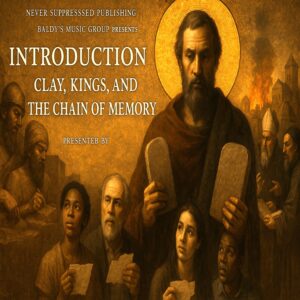Before monotheism, before central temples—there were hilltop shrines, home altars, and fire bowls burning in clay.
Chapter 5, Faith in the High Places — Hill Shrines and Daily Worship, takes us beyond the Bible’s official voice to the ground-level practices of ordinary people in ancient Israel.
This is not the religion of kings and priests. It’s the religion of mothers, farmers, and shepherds. The kind not recorded in scrolls, but burned into stone, soil, and memory.
Across the highlands, archaeologists have uncovered:
-
Four-horned altars and incense burners
-
Standing stones near homes
-
Clay figurines of female deities
-
Inscriptions naming both Yahweh and Asherah
-
Sacred spaces inside kitchens and courtyards
Texts found at Khirbet el-Qom and Kuntillet Ajrud mention “Yahweh and his Asherah.” These weren’t radical cults—they were everyday belief.
We meet a woman praying beside a fire bowl for her sick child—not because a priest told her to, but because her ancestors did the same. That’s the living faith of early Israel.
The Bible calls these “high places” idolatry. But they were normal for centuries.
Even “faithful” kings like Asa couldn’t remove them all—because they were woven into the land. The prophets condemned them not just for their theology, but because they represented faith outside royal control.
This chapter reframes early religion as something lived, not decreed.
It challenges the idea that Israel always worshipped one God.
It shows that monotheism wasn’t the starting point—it was the outcome of reform.






Reviews
There are no reviews yet.